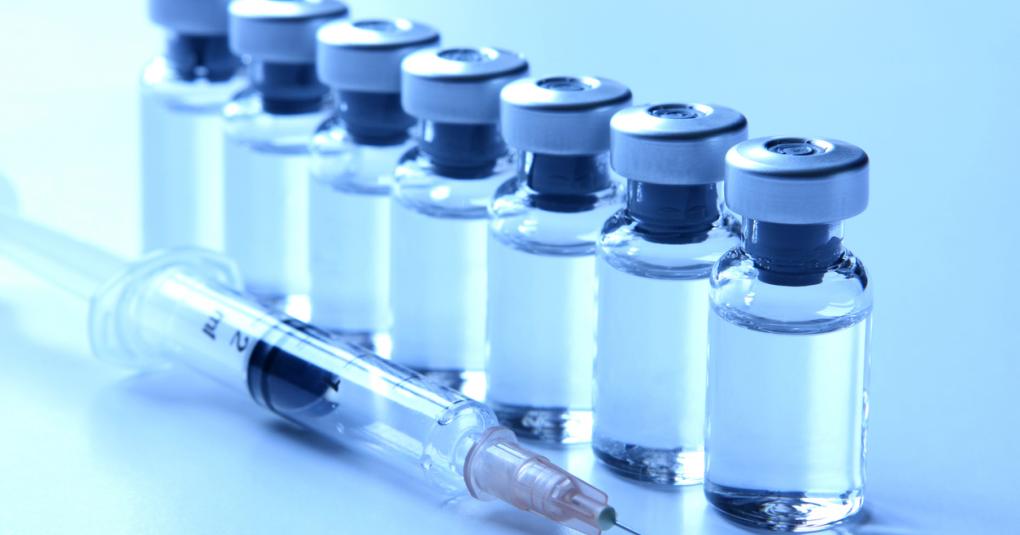The Centers for Disease Control and Prevention has just released its latest guidance recommending new COVID-19 booster vaccines for all—but experts say many of those who need them the most won’t get them.
Recent data shows that 75 percent of the population in the United States skipped out on the mandatory bivalent booster from last year, and that number is not likely to be any higher this time around. “Urging people to get boosters has really only worked for Democrats, college graduates, and people making above $90,000 a year,” said Gregg Gonsalves, an epidemiologist from Yale University. “We’re not doing anything differently to confront the inequities in place.”
But booster shots are important for everyone—not just those mentioned above. The latest boosters have been shown to provide strong protection against severe COVID and death, as well as milder forms of infection. But those most at risk—including the elderly, immunocompromised individuals, people living in group housing such as prisons and nursing homes, and any racial or ethnic group more strongly impacted by the COVID pandemic—stand to benefit the most from the booster shots.
Unfortunately, many of the intense outreach efforts that helped gain decent vaccination rates in 2021 have now ended, along with the mandates and urgency of the situation. Now, the latest vaccines are also not fully covered by the federal government. While Medicare and Medicaid are helping cover the costs, the nearly 25-30 million uninsured adults—mostly people of color and lower-income individuals—are still left without comprehensive access to the vital inoculations.
The fact that costs may be a barrier to vaccination access is not helping matters either. Pfizer and Moderna, the creators of the mRNA vaccines, have more than quadrupled the price of the doses to approximately $130, significantly raising overall healthcare costs. Government aid that could have helped reduce these costs and boost outreach was missed when they didn’t request price caps in return for their investment.
Vaccination rates among the elderly in nursing homes, for example, appear to be poor. In Minnesota, for instance, only 8 percent of incarcerated individuals in jails and 11 percent in prisons have received the bivalent booster from last year. Furthermore, low-income groups are struggling to access the recommended vaccines due to a lack of paid sick leave and medical care. Homeless individuals in California face heightened barriers such as lacking knowledge of where to go for the vaccine, lack of proactive outreach, and the inability to leave their few possessions whenunsheltered.
And finally, mismatched rates of booster uptake among races and ethnicities are clear. An analysis of Medicare claims across the United States found that only 53 percent of Hispanic people, 57 percent of Black people, and 68 percent of White and Asians over 66 had gotten their booster shots by this past May.
Ultimately, experts say that in order to continue making progress in the fight against COVID, outreach initiatives of the same intensity as those in 2021 need to be implemented. Perhaps then, the government can start tackling the disparities in vaccine access and the toll of COVID in the United States.

